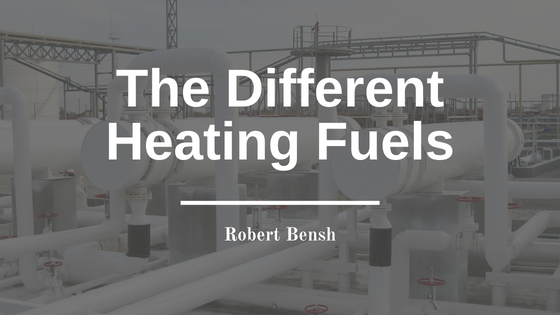Most people who live in the Northeast don’t realize that other people use different types of fuels when heating their homes. According to the U.S. Department of Energy, almost 6 million households use heating oil for their space-heating needs. However, other types of fuels are used by more than half of households in the country.
Natural Gas
About half of all homes in the country use natural gas for their heating needs. This type of fuel was formed millions of years ago and had to undergo various processes in order to be used efficiently. It’s colorless, tasteless, and odorless. To prevent the release of harmful chemicals into the atmosphere, a substance called mercaptan has been added to natural gas. This is done to make it smell like rotten eggs.
Propane
This type of fuel is produced through the process of petroleum refining and natural gas extraction. It’s stored in pressurized containers. Like natural gas, it’s also odorless. In order to make it smell better, an odorant has been added to make it more detectable if a leak occurs.
Electricity
In the U.S., electricity is another type of fuel used for heating. Today, it’s produced through various generators. An electric heater is similar to a hair dryer. It uses cold air coming from a cold-air return to heat it up and then blows the heated air out through heating ducts.
The Differences Between Heating Oil
A home heating oil system can use various methods to heat a home. These include moving warm air through vents, letting hot water run through the walls, or steam through a radiator.
This type of system starts heating up once the air temperature gets below the desired level. When the temperature drops, the oil moves from the storage tank to one of the burners. A pump then injects a fine mist of oil into the combustion chamber.
The heat delivered to a home depends on the type of system used. For instance, a hot water system can circulate hot water through a radiator or a wall. A steam system, on the other hand, turns water into steam and then passes it through pipes to the radiator. A warm air system then uses the air to warm the home.
